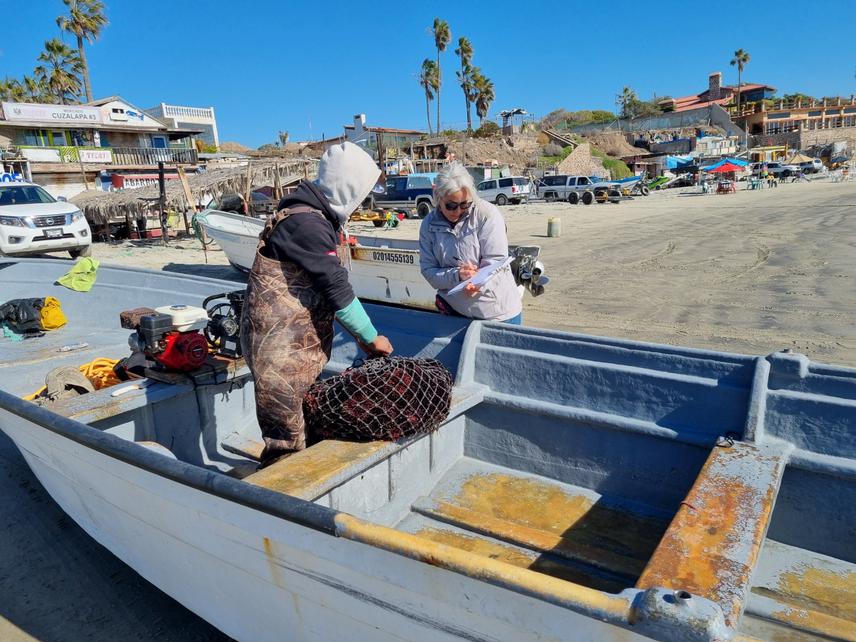Tránsito González Medina
Community-based marine reserves arise as a tool that promotes communities' inclusion in the administration of their own resources. A similar management approach has been implemented in México, where Fishing Refuge Zones (FRZ) are non-fishing areas, based on horizontal collaboration, for the purpose of restoring and conserving important commercial species. An important number of research projects have proved that marine reserves are a management scheme that already show positive results in nearby areas (see Halpern et al, 2009; Micheli et al 2011; Sala & Giakoumi, 2018).
The Baja California Pacific Islands Biosphere Reserve (BCPIBR) was decreed in 2016. This reserve has core and buffer zones in both the marine and terrestrial parts. However, the marine core zone occupies only 80.17 ha in the marine portion adjacent to Isla Alijos (DOF, 2016), and located about 300 km from the coast. This core zone represents 0.00007% of the total marine surface of the reserve and the rest are marine buffer zones. Also, the reserve does not have a Management Plan yet, so the sub zoning has not yet been defined.

Survey with fishers about urchin fishery. © Claudia Cabrera.
The biosphere reserves in Mexico pursue the sustainable development of the communities that depend on them. Coastal fishing is one of the main activities in all of the BCPIBR islands. Isla Todos Santos and Isla San Martin are selected as a case study within the reserve, due to their similarity in size and characteristics. In both islands there is no core zone neither in the marine nor in the terrestrial part, and benthic fishing, finfish fishing and sport fishing are carried out in both islands.
Since users' inclusion in the planning of FZR has been proved to increase the success of its establishment, I propose to evaluate fishers' knowledge and perceptions about the establishment of FRZ in two islands of the Baja California Pacific Islands Biosphere Reserve. The inclusion of their perception will contribute to enhancing the conservation efforts and the co-management of these important ecosystems.
In order to do that:
1) we will characterise the marine buffer zones of Todos Santos Island (TSI) and San Martin Island (SMI) as a socio-ecological system.
2) we will carry out surveys and a workshop to analyse the knowledge and interest of fishermen on co-management, marine protected areas and fishing refuges zones.
3) we will evaluate if the users’ rights and organisation systems generate differences in the principal stakeholders’ perceptions.
4) we will present the results to the communities of both islands and related government agencies.
Header: Fishers extracting sea urchin next to San Martin Island. © Tránsito González Medina.